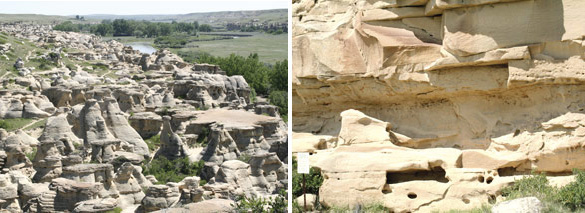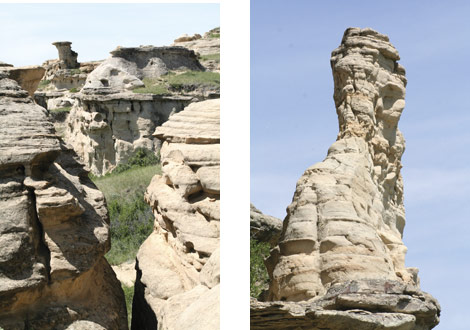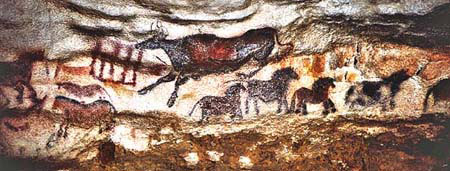Ancient British Columbia

We’ve lived in British Columbia well over three decades and have seen many many areas but still not all of this beautiful province. We’re now inspired anew to go exploring those yet unknown corners with the recent arrival into our hands of a beautiful new book: In Search of Ancient British Columbia, by Barbara Huck, with Philip Torrens and Heidi Henderson.
Here’s the blurb on the back:
Once, parts of British Columbia lay on the far side of the Pacific. Once, its ancient seacoasts were inhabited by creatures on the threshold of evolution. Once it was populated by some of Canada’s first peoples.
Today, B.C. is one of the world’s most geographically varied places. But clues to its ancient past are everywhere, in its mountains and arid valleys, along its lakeshores and seacoasts. For the first time, the geological, paleontological and archaeological wonders of southern B.C. are gathered in one place. With hundreds of color photographs, maps and drawings, In Search of Ancient British Columbia presents an accessible, route-oriented approach for today’s time travellers, creating an indispensable guide to the forces that have shaped the spirit of the land.
Heartland Books is a Winnipeg-based publisher of history, heritage, travel and non-fiction. I look forward to Volume II covering the northern regions.
I’m thrilled and proud to have two of my photographs of Hornby Island petroglyphs, shown above, included in this fascinating and well-designed publication on a subject of great interest to me. We’re going to be doing some wonderful armchair travelling for the next while and start planning a few trips around our own backyard this summer!






